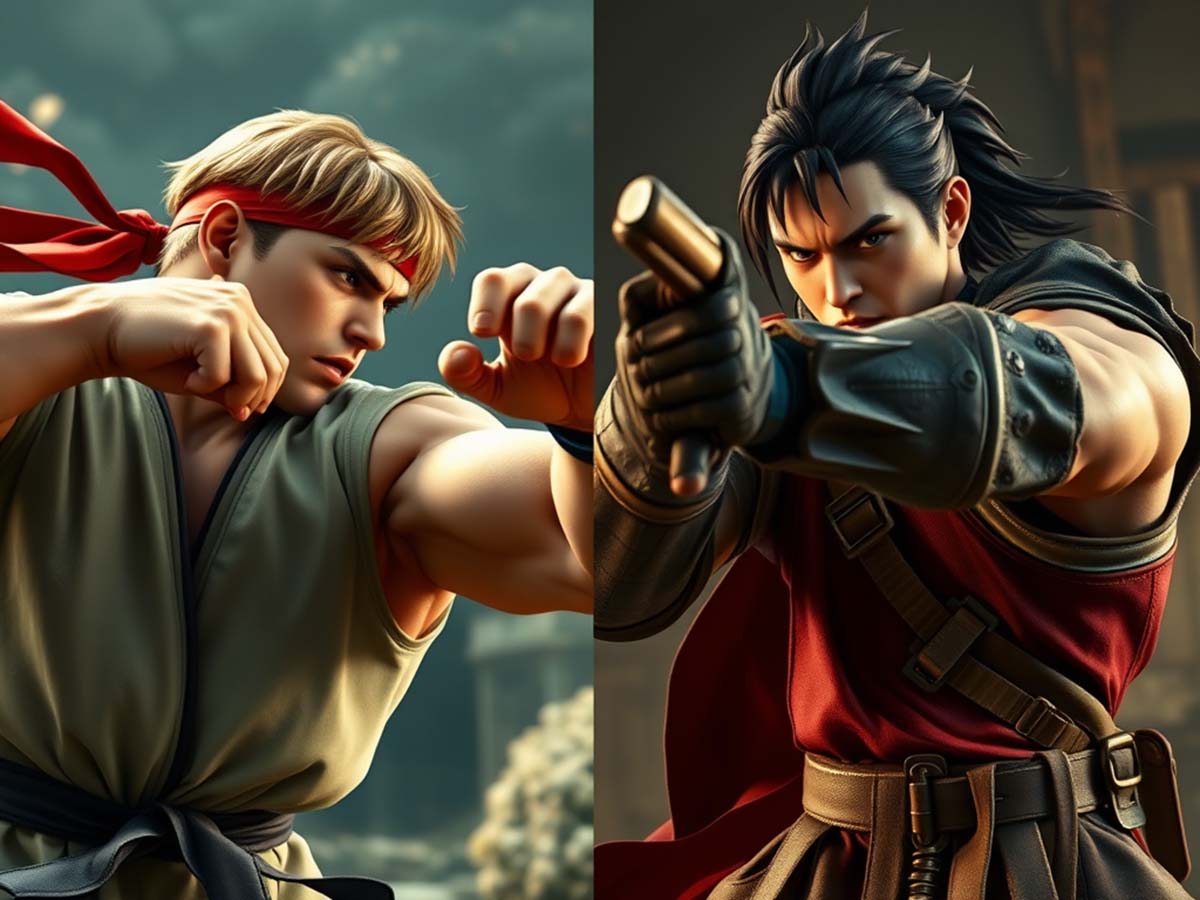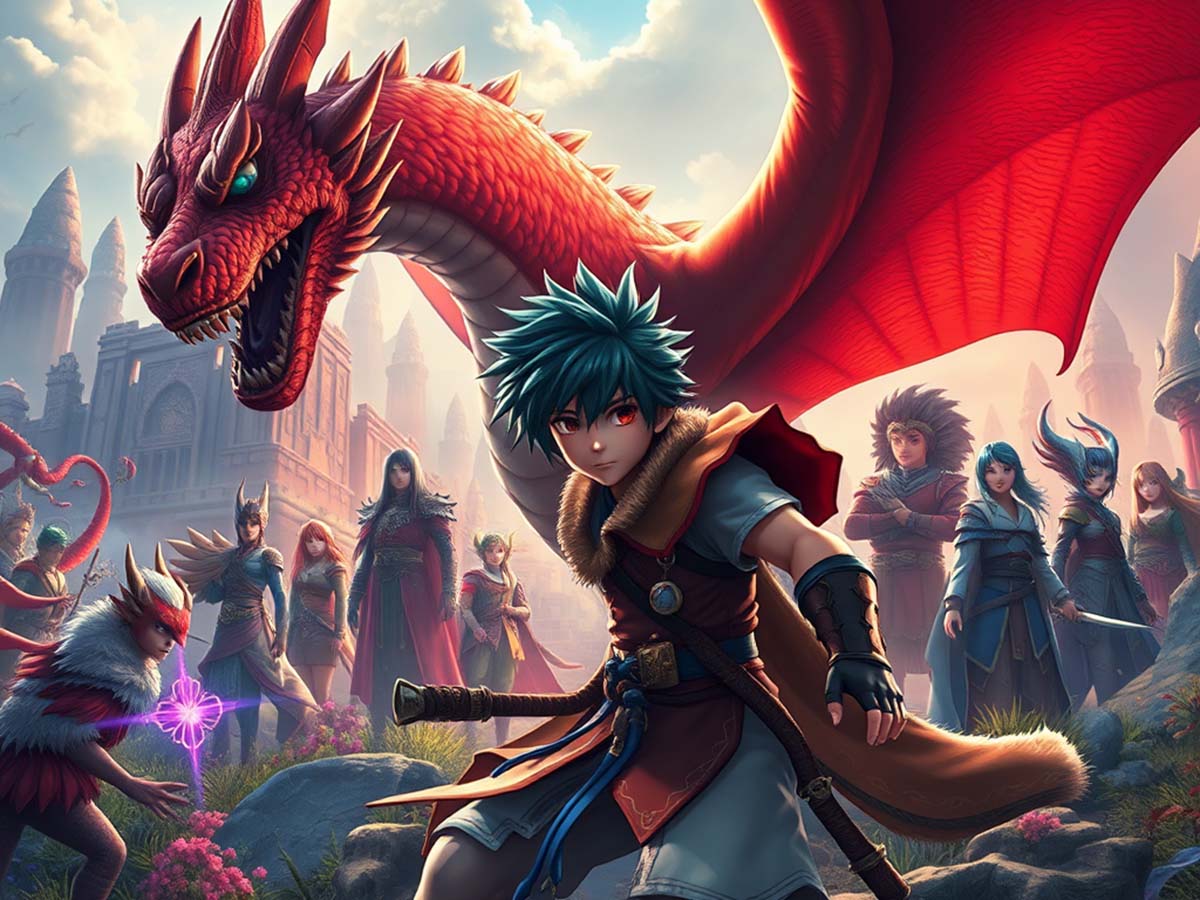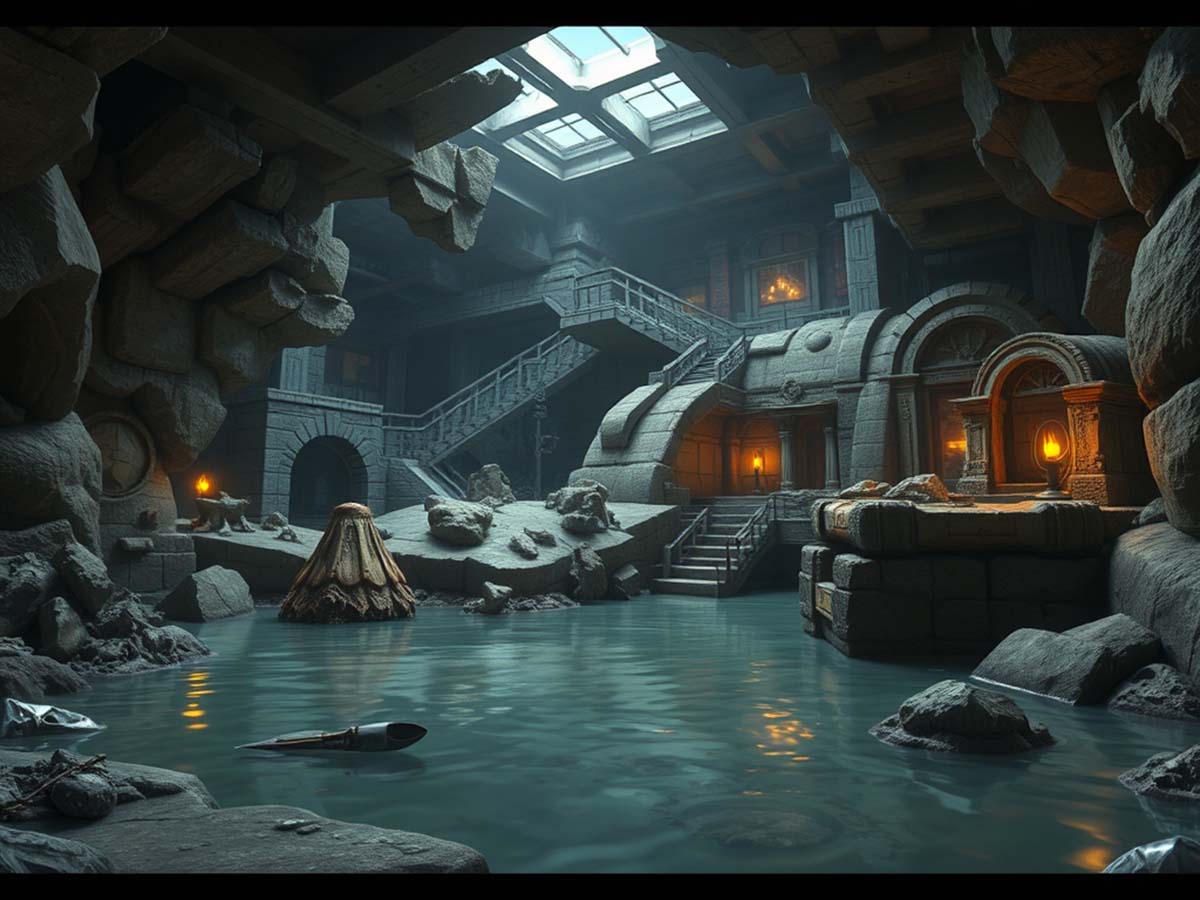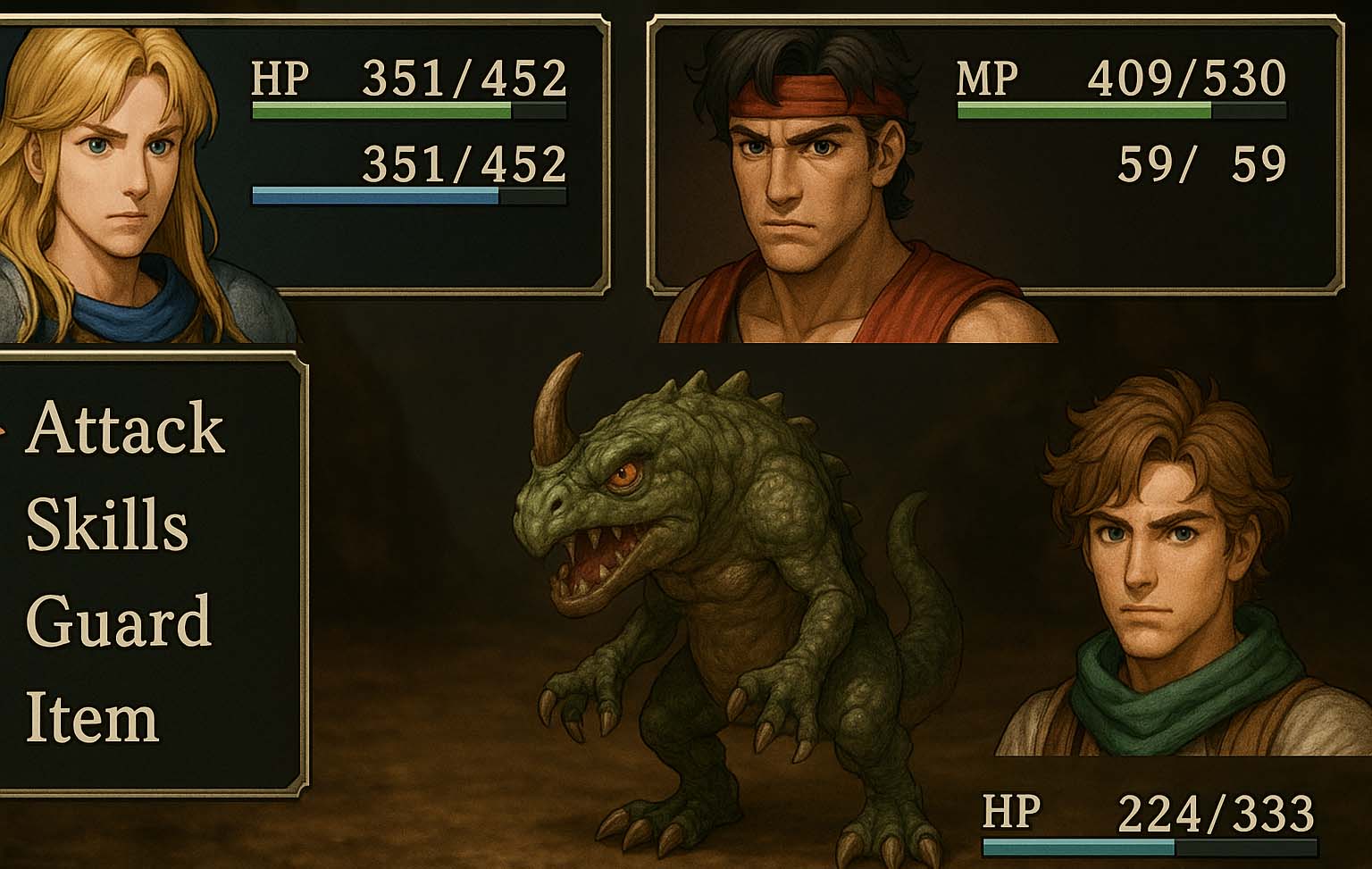Capcom’s Quiet Influence on RPG Combat Systems
When people talk about the evolution of RPG combat, the spotlight often falls on major franchises from Japan, North America, and Europe. Yet one name consistently threads through these developments: Capcom. From the release of Street Fighter II in 1991 to the highly anticipated Dragon’s Dogma 2 in 2024, Capcom has refined how players punch, dodge, and react in RPG combat. This legacy isn’t just important for fighting game fans — it has shaped global action-RPG mechanics in ways still felt today.
Capcom’s Key Contributions at a Glance
- Introduced “frame-data thinking” from Street Fighter into both turn-based and action-RPG systems.
- Monster Hunter pioneered stamina control, timed attacks, and co-op hunting — influencing developers worldwide.
- Devil May Cry created combo grading and air juggles that now appear in RPGs across various regions.
- Dragon’s Dogma brought in pawn AI and vertical combat, introducing new layers of tactics.
- This approach led to faster-paced, skill-driven combat systems globally.
Building Blocks of Combat Precision
In the late ’80s, RPGs primarily revolved around static menu selections. Capcom shifted the paradigm. Their arcade fighting titles showed the industry that split-second timing could redefine gameplay. The emphasis on startup and recovery frames became a tool for developers to reshape combat pacing in RPGs, blending fighting game principles with role-playing depth.
The Rise of Real-Time Engagement
Even as turn-based systems remained popular in the ’90s, Capcom started integrating real-time responsiveness into their games. In Breath of Fire IV (2000), battles still followed a turn sequence but introduced spell chaining based on timing. Players needed to execute the right combination quickly — creating depth without abandoning traditional mechanics. This hybrid approach demonstrated how precision could amplify tactical decision-making.
Street Fighter’s Blueprint in Role-Playing
Hit confirms and cancels are foundational to Street Fighter II. Capcom carried these ideas into the RPG space with Onimusha: Warlords (2001). A mechanic called “Issen” rewarded perfectly timed parries with critical strikes. This system later inspired the design of timing-based counters seen in titles such as Dark Souls and Sekiro. The DNA of fighting games had quietly entered the realm of fantasy RPGs.
How Monster Hunter Taught the World to Wait
In 2004, Monster Hunter challenged the standard formula. Instead of flashy swordplay, it offered deliberate, heavy strikes. Players had to be patient. Every swing mattered. The system was built on three pillars:
- Timing: Each move needed planning. Recovery frames were significant and punishing.
- Stamina Management: Spamming attacks came at a cost. Every action drained energy.
- Cooperative Play: Four-player hunts emphasized team roles and synergy.
Over time, studios in Canada, the UK, and South Korea took note. Many released co-op hunting games and service-based RPGs that followed Capcom’s template. When Monster Hunter: World launched in 2018, it showed that players welcomed methodical combat — especially when well-rewarded.
Devil May Cry and the Language of Style
With Devil May Cry in 2001, Capcom didn’t just track performance — it celebrated it. The Stylish Rank system graded players based on the creativity and fluidity of their combos. This concept influenced RPGs globally. In the United States, God of War (2018) used similar ideas through its Runic Attack chains. In Korea, arena-based games used ranking to encourage more expressive playstyles. Success wasn’t only about winning — it was about flair and execution.
The Vertical Thinking of Dragon’s Dogma
Dragon’s Dogma (2012) showed how verticality could enrich RPG exploration and combat. Players could grab onto large monsters like griffins, creating moments that felt ripped from a wrestling match. The game also introduced the “pawn” AI system — companions who learned from observation. This inspired future AI models in open-world RPGs, especially those made in the West. Its sequel, Dragon’s Dogma 2, was later praised by critics for continuing this emergent, player-influenced style of storytelling through combat.
Global Reach and Replication
Capcom’s systems and alumni quietly influenced a wide array of titles around the globe. Whether in Japan, North America, or Europe, echoes of their mechanics began appearing everywhere:
- Dark Souls (2011, Japan) – Sharpened the risk-timing principles first seen in Monster Hunter.
- Kingdom Hearts III (2019, Japan–US) – Added combo finishers inspired by Devil May Cry.
- Final Fantasy XV (2016, Japan) – Introduced warp-strikes that echoed air juggle mechanics.
- Dauntless (2019, Canada) – Adopted the four-player hunting loop and offered a free-to-play model.
Through these games, ideas about combo timing, skill-based rewards, and tactical strikes spread across continents — reshaping expectations for how modern RPGs should play.
Reaching a Broader Audience
Capcom also helped RPGs become more approachable. They designed enemy attacks with clear visual cues, making timing mechanics easier to grasp. This allowed players from Latin America, Europe, and South Asia to understand frame-based combat without memorizing lengthy command lists. Sales data from Monster Hunter: World and Devil May Cry 5 showed that over half the audience came from outside the traditional fighting game market. It wasn’t just hardcore fans who benefited — casual players now had a path to learn complex systems through visual feedback and gameplay repetition.
Looking Ahead
Today, indie developers across the U.S. and France continue to build upon Capcom’s legacy. Their projects include top-down RPGs with poise meters, dodge windows, and cancel mechanics. In online communities and at conventions, players are discussing terms like “iframes” and “hitstun” — once exclusive to fighting games — now common in RPG talk. What used to be niche knowledge is quickly becoming a shared language among designers and fans alike.
Balancing Tradition and Speed
With every innovation, challenges arise. How can developers preserve the charm of turn-based mechanics while keeping things fluid and interactive? Games like Yakuza: Like a Dragon attempted a solution — keeping turn order while integrating timing bonuses during actions. This middle ground may guide future systems as player preferences shift and platforms diversify. Cross-play communities now demand combat that is deep yet immediate, familiar yet refreshing.
Strengthening the Player Community
Skill-based systems also change how communities interact. In Monster Hunter, experienced players often guide newcomers through tactics like the “cut tail” technique. In Dragon’s Dogma, players from Europe and the Americas frequently share pawn IDs to support each other. These shared strategies and cooperative exchanges form a culture of mentorship and camaraderie — a defining trait of today’s online RPG communities.
A Lasting Footprint
No discussion about RPG combat would be complete without acknowledging Capcom’s role. Their commitment to meaningful, well-paced action taught the industry how to make players feel every choice. Timing, spacing, and movement became central — not just optional — elements of gameplay. As hardware evolves and audiences grow, the principles that Capcom developed will continue to inspire how future RPGs are crafted, played, and remembered.



